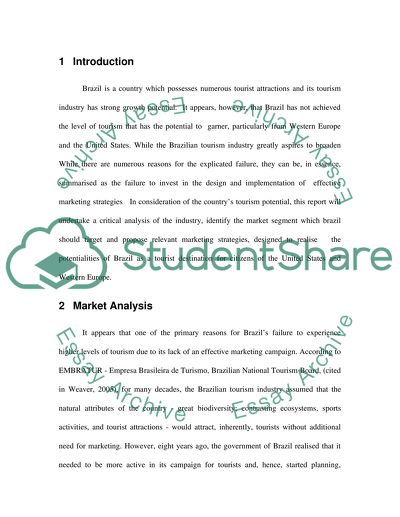Cite this document
(“Importance of Web Marketing in Tourism Marketing Promotion Case Study”, n.d.)
Importance of Web Marketing in Tourism Marketing Promotion Case Study. Retrieved from https://studentshare.org/marketing/1527678-international-tourism-essay
Importance of Web Marketing in Tourism Marketing Promotion Case Study. Retrieved from https://studentshare.org/marketing/1527678-international-tourism-essay
(Importance of Web Marketing in Tourism Marketing Promotion Case Study)
Importance of Web Marketing in Tourism Marketing Promotion Case Study. https://studentshare.org/marketing/1527678-international-tourism-essay.
Importance of Web Marketing in Tourism Marketing Promotion Case Study. https://studentshare.org/marketing/1527678-international-tourism-essay.
“Importance of Web Marketing in Tourism Marketing Promotion Case Study”, n.d. https://studentshare.org/marketing/1527678-international-tourism-essay.


